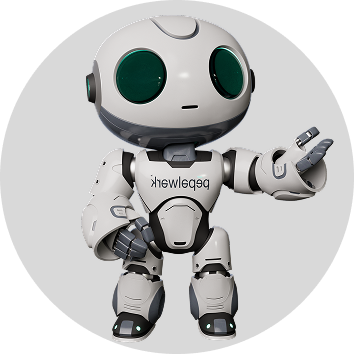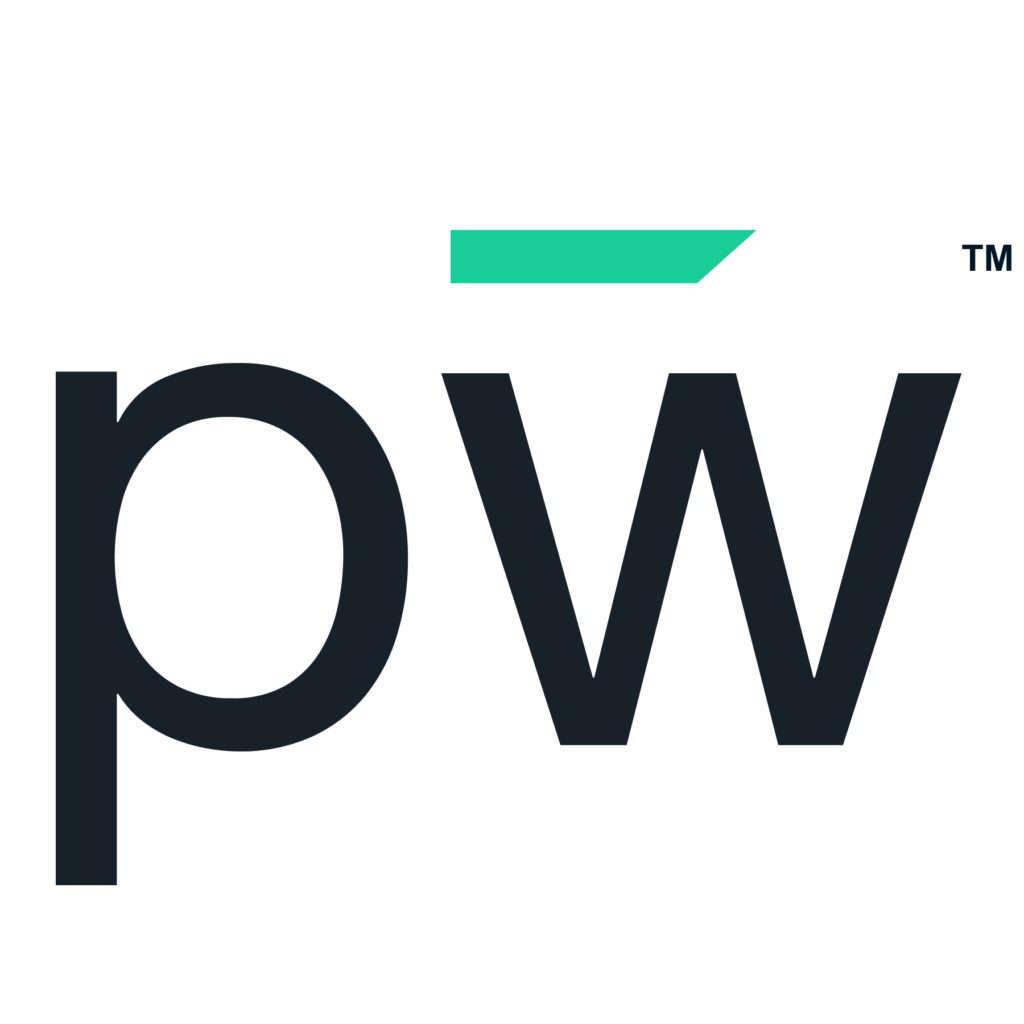Employers are becoming more aware of the skills gap in the workplace. It’s the result of many different trends and changes in the hiring ecosystem. As the gap continues to grow, you’ve likely noticed its impact. Many candidates you review may leave you concerned about the readiness of people embarking on a career.
It’s time to be part of the solution. First, you need to learn how to identify skill gaps in the workplace.
What Is a Skills Gap?
There is no definitive set of skills people should possess. The skills necessary for a job depend on the job and its responsibilities. However, there is broad consensus that many candidates lack the hard and soft skills to qualify for and thrive in a role. A skills gap occurs when there is a difference between the demands of a job and a person’s ability to complete it.
The skills gap is only widening. According to a survey of HR professionals, 69% stated they believe their organization has a skills gap, a significant increase over the 55% who said the same thing in the 2021 survey. For employers acknowledging they have a skills gap, 20% of their roles are unfilled.
Next, let’s dig into why it’s happening.
Why Does a Skills Gap Exist?
Why aren’t people career-ready? Part of how we got here is that jobs and people have changed. The traditional road to a career was to go to college, get a degree and start working. It was a more linear path, but the world looks much different today.
Factors causing the skills gap include:
- Education and work preparedness programs aren’t keeping up with employer needs. As a result, the curriculum doesn’t align with the abilities needed to be successful in a role, signaling the need for collaboration between educational institutions and programs and businesses.
- Remote learning created a deficit for new hires, impacting a student’s ability to develop hard and soft skills and get hands-on training.
- Many newly created jobs are in areas such as artificial intelligence, automation and other new tech. The skills needed for these roles aren’t readily available to learn.
- The high cost of a traditional four-year degree has deterred many from college, but these individuals don't have the resources to learn in-demand skills.
- There’s been a commoditization of certifications, and they often don’t actually help people develop skills. Rather they demonstrate that someone can pass a multiple-choice test. This creates “paper tigers” — people who look great on paper but cannot back it up.
- Since the pandemic, there’s been a record number of retirees from fields, which created knowledge loss.
So many things are impacting the skills gap, and it may seem insurmountable for organizations, but you have a key part to play.
Why Bridging the Skills Gap Matters for Companies
As a hiring manager, you know the pain points of the skills gap. Many organizations state they can’t find qualified workers. Positions stay open longer, and you may be experiencing higher turnover.
Data suggests that the average time to fill a job is 11 weeks, according to an employer survey. This research also revealed that 90% of managers face challenges finding skilled workers. Scarcity of talent and high competition comes with a cost as well.
Continuing on this trajectory could cost businesses more than $8.5 trillion by 2030. There is great urgency for employers to join the crusade to get people career-ready. You should start by identifying the skills gap related to your industry and organization.
How To Identify Skill Gaps in the Workplace
Take these steps to identify the skills gap:
- Review the roles that are hard to fill and require specific skills. Define specifically what’s missing in the candidates who apply for your roles.
- Create a “skill inventory” list for all your roles.
- Gather available data on employee performance against your key performance indicators via employee assessments based on real work scenarios, feedback from surveys and manager observations.
- Document the existing and missing skills within your workplace.
Your findings will include both soft and technical skills. Employers say both areas have equal importance and gaps. Research on the topic revealed that the top missing skills are:
- Critical thinking and problem-solving
- Managerial and supervisory skills
- Communication and interpersonal skills
What Can You Do To Address the Skills Gap?
You can start the journey by tuning into the video below on solving the skills gap.
Now, you’re ready to take action to identify and address the skills gap in the workplace. Follow this guidance:
- Create a hiring plan that addresses how you’ll close the gap through training and upskilling. You’ll find candidates that have great potential but need to work on some specific skills. Don’t discount these people — develop them!
- Keep training going after employees are on the job to continue to build their abilities.
- Transition to skills-based hiring to avoid paper tigers and find candidates you may not have previously considered.
- Focus your recruitment strategy on a job-matching platform, such as pepelwerk. With this technology, you’ll be able to assess and hire based on abilities, aptitudes and attitudes. It’s a new approach that will enable you to build your workforce today and talent pipeline for tomorrow.
Learn more about how pepelwerk can help you identify and close the skills gap by booking a meeting.










